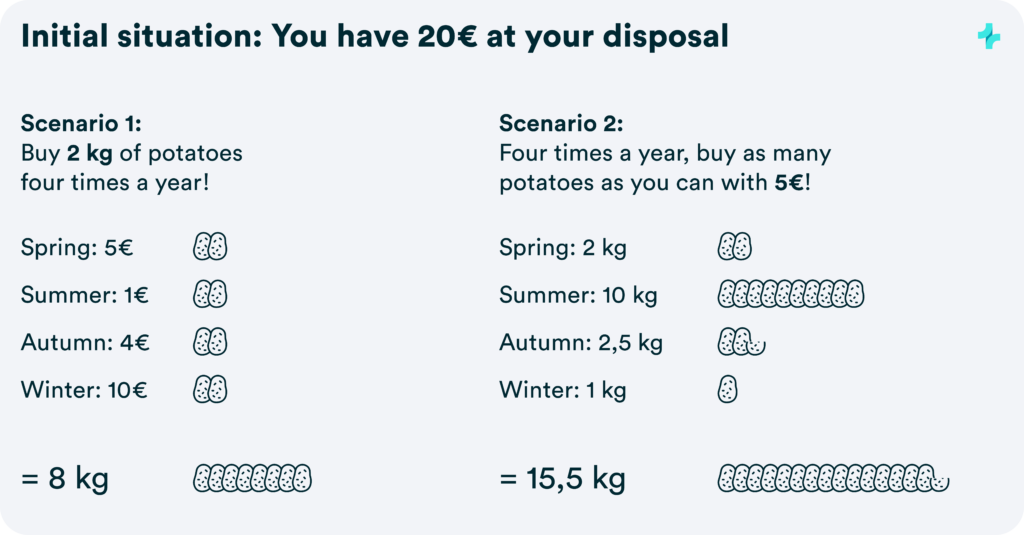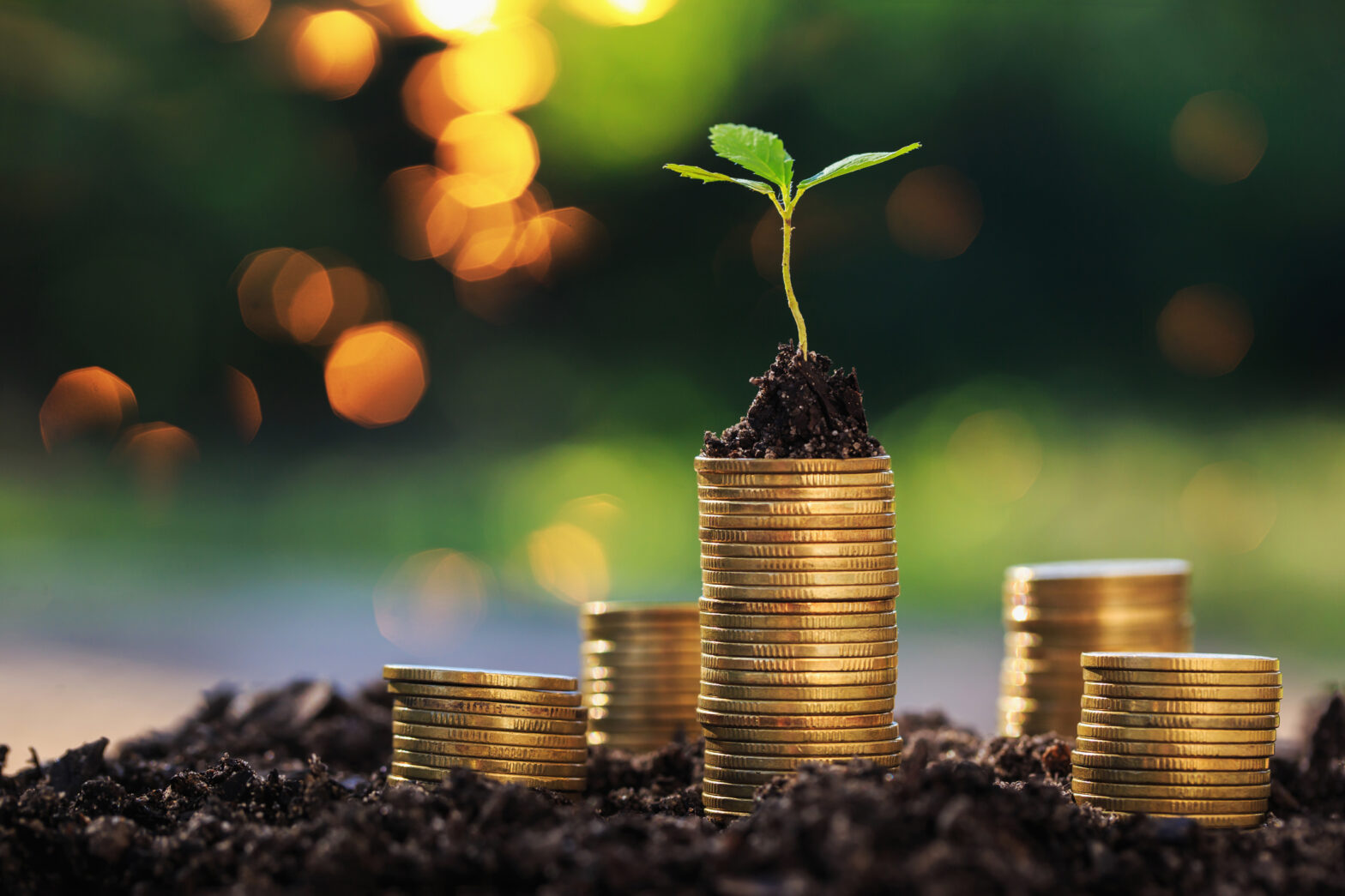More and more people are looking for ways to live more sustainably. This new awareness of sustainability affects all kinds of aspects of our life: from mobility in the form of e-cars and nutrition to consumer goods in general. So is it also possible to invest sustainably? And what’s the best way to go about it?
Table of Contents
Sustainability – an important topic
The fact is that sustainability is also becoming increasingly important when it comes to money. According to a 2020 survey conducted by BlackRock, 54% of global respondents said that sustainable investing is fundamental to their investment processes and outcomes. Respondents also plan to double their assets under management from the current average of 18% to 37% in 2025. In Germany, almost 12.4 million citizens are invested in the stock market. However, the proportion of women investing is only 10%. Unfortunately, the number of people who invest regularly is significantly lower. A saving plan is a simple way to invest regularly and protect your money from inflation. One can easily and conveniently invest any amount, large or small. Moreover, you don’t need expert knowledge and don’t have to worry much about fluctuations due to the broad diversification of stocks and bonds. To make matters even more accessible, personalised ETF savings plans suggest a portfolio tailored to your needs and indicate an optimal investment amount each month.
How can I invest sustainably?
First, you can exclude undesirable industries that don’t align with your values. Secondly, you should only invest in companies that meet ESG criteria. These have established themselves as the standard for evaluating sustainable investments and consist of environmental, social, and corporate governance aspects. So, focus on companies with the best ESG characteristics to maximise sustainable investing. At UnitPlus, you invest exclusively in portfolios that meet ESG criteria.
Saving or investing?
When considering investing in the current financial environment, people are concerned about issues like inflation, low interest rates, and volatility. Unfortunately, there is no storage place for your money that resembles a one size fits all solution for all these concerns. However, different investments offer different ways to minimise certain risks.
“Everyone has an impact on how savings perform. You don’t have to have your money in savings – there are many ways to invest.”
– Mario Draghi, former President of the European Central Bank (ECB).
This quote emerged in the context of the ECB’s zero interest rate policy which was still active until recently. As savings and instant access accounts are prevalent in Germany, around 3 trillion euros are currently parked in accounts that do not receive interest. At -5% real interest, this implies a loss of purchasing power equivalent to 150 billion euros per year.
To illustrate this with tangible figures: If you were to deposit €100,000 in a savings book today, it would have a purchasing power of €48,000 in 15 years, i.e., less than half, if inflation remained constant. This shows that savings books and instant access accounts are not sensible options. A better option would be a broadly diversified ETF, which can minimise fluctuations and offset inflationary losses with returns.
How much money should I invest?
Now that you know where to invest your money, the question is how. The best thing to do is to set up a savings plan. A good guideline is the 50/30/20 rule. With this savings method, you divide your monthly income into three categories and use 50% for daily needs, such as rent and food. Another 30% you spend on your desires and free time, e.g., eating out and shopping. The last 20% you use for saving and investing.
Over what period and how often is it best to invest?
Time has a strong influence on investment success. The longer you plan on investing, the less impact short-term market fluctuations have on your investments. In addition, the market tends to grow, so losing money after a few years becomes less likely. Investing early also pays off with strong returns due to compound interest. If you would deposit 5.000€ every year with a 5% assumed return, after 25 and 35 years, you would have:
- 25 years: 354.000€
- 35 years: 639.000€
In addition to perseverance, continuity also pays off, as demonstrated by the cost-average effect. For example, with a monthly savings plan, you sometimes receive more and sometimes fewer shares on the stock market, depending on whether prices rise or fall. The example of potatoes illustrates that it pays to invest a fixed amount instead of buying a set number of securities. Since potatoes are a seasonal commodity, they are sometimes more expensive and cheaper throughout the year.

With these tips, you can invest more sustainably in the future!













